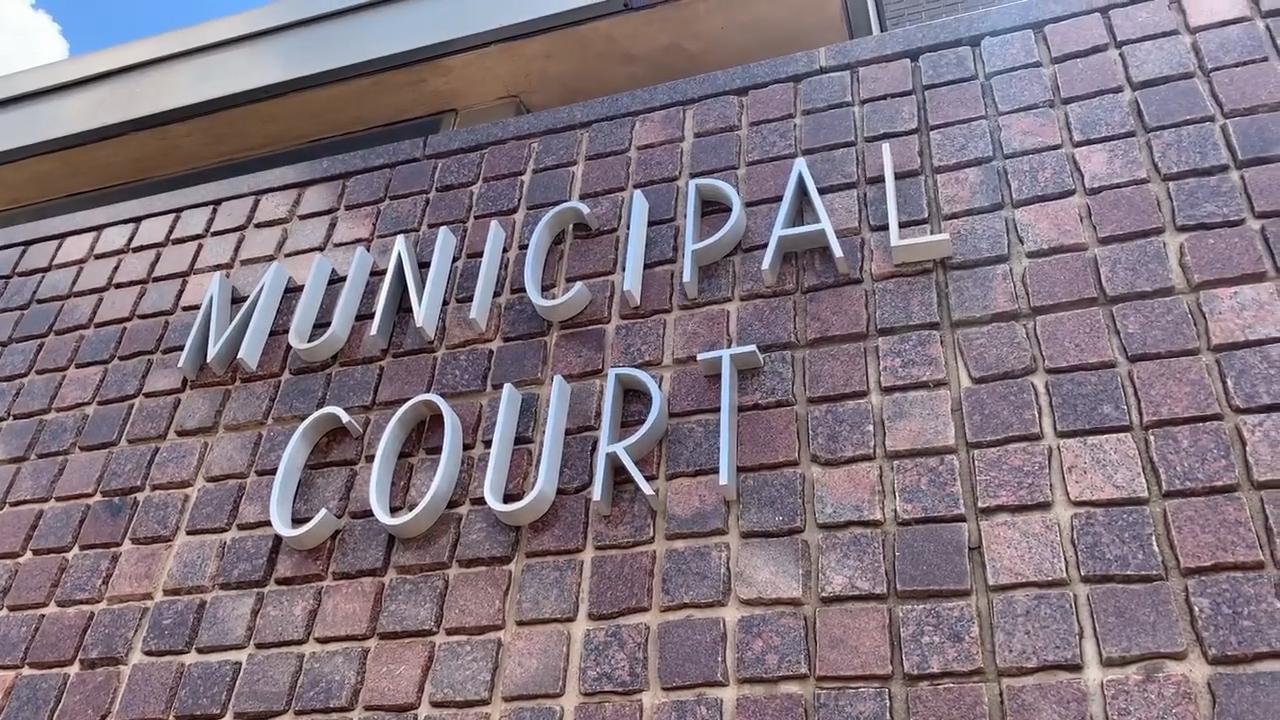The $44 billion Texas Permanent School Fund is the largest education endowment in the country, but the state’s public schools are seeing less money than they did decades ago.
The endowment, which was created in 1854, is sending schools an average of $986 million annually over the last decade, a significant drop from an average of $1.14 billion in the past 20 years, according to an investigation by the Houston Chronicle . It means that the fund has paid an average of $207 per student annually over the past 10 years, compared with $322 per student over the two decades before that.
The fund, which profits off the sale of state-owned oil, gas and land, distributed only 2.8 percent of its value last year, while many endowments aim for payouts of around 5 percent. If Texas’ endowment paid out 5 percent of a four-year average market value, the state’s public schools would have received about $720 million more in 2018.
The fund’s decline also comes as the state has seen a 2 million increase in the number of students over 30 years.
Republican Rep. Travis Clardy said the state’s public education funding system is “unrecognizable from where it started.”
The newspaper’s investigation identified several laws and constitutional amendments since 2001 that have changed how the fund invests and distributes money to schools.
The State Board of Education and the School Land Board are responsible for managing separate parts of the endowment’s portfolio. The School Land Board gained the power to collect and invest land income and oil and gas royalties and other revenue; it controls $10 billion of the portfolio. The State Board of Education, which controls $34 billion, is now in charge of deciding how much money to send to schools annually instead of automatically passing along all investment income. The Legislature also lifted constraints on how both boards could invest.
The two bodies don’t coordinate investments and they have fought in recent months over their investment strategies. The lack of a singular governing body to oversee the fund has led to infighting over which board gets to invest oil and gas money.
Over the past dozen years, the fund shifted its money from investments in stocks and bonds to private equity and hedge funds, which are riskier fields that yield potentially higher returns. The School Land Board has also been buying real estate. The change has resulted in a riskier set of assets, limited transparency and higher management fees.
The land board’s fees rose from $14 million in 2008 to $92 million in 2017, including carried interest. The education board saw its fees spike from $14 million in 2008 to $101 million in 2017.
“That means it’s not nearly as profitable as you’d think it would be because you’re paying so much more in fees,” said Buck Wood, a lawyer specializing in school finance.
The fund has also underperformed compared with other U.S. funds similar in size, structure or mission, according to the newspaper’s investigation. The newspaper found that the Permanent School Fund missed out on as much as $12 billion in growth.
Democratic Rep. Diego Bernal said the “strange turf war” between the two boards is distracting from the larger issue.
“No one is really saying what’s in the best interest of the kids,” he said.
___
Information from: Houston Chronicle, http://www.houstonchronicle.com



























